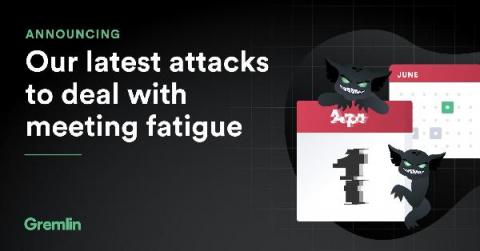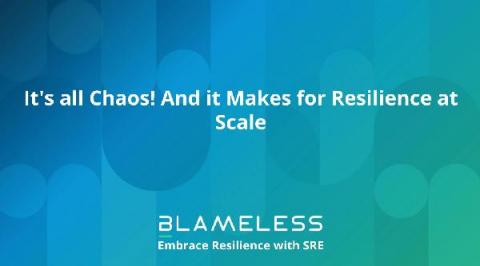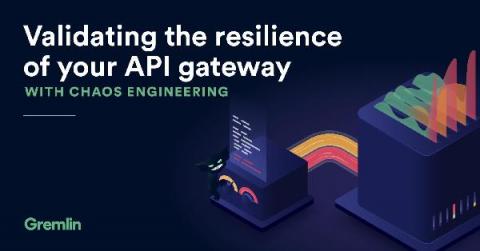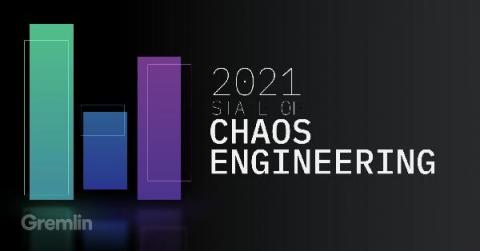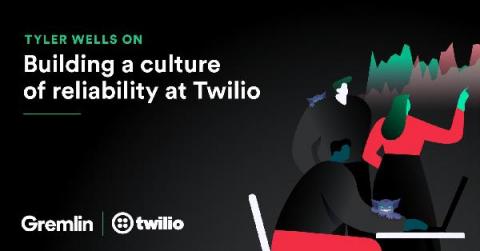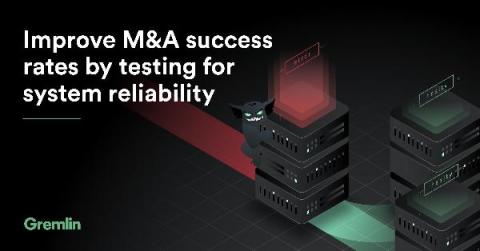Announcing our latest attacks to deal with meeting fatigue
Gremlin empowers you to proactively root out failure before it causes downtime. See how you can harness chaos to build resilient systems by requesting a demo of Gremlin. With everyone working remotely, video conference tools like Zoom have been a critical part of maintaining business continuity. It’s truly amazing that we can continue to work and connect with one another, even during a time where getting together in an office hasn’t been possible…


